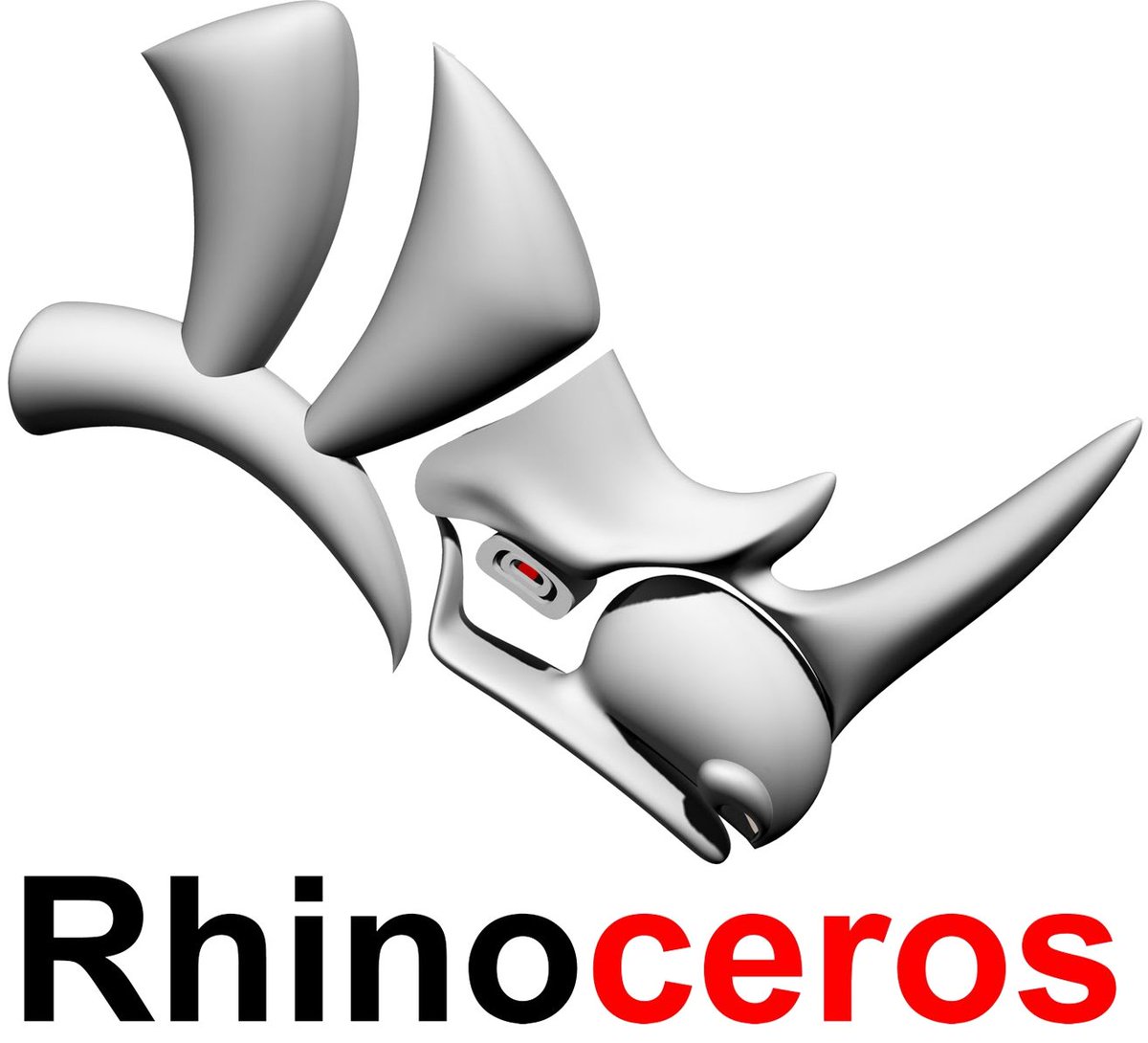

Re-uploaded Pufferfish V3.0 and Pufferfish V3.0 example files to fix weighted option bug with Twisted Box Tube and Twisted Box Tube Variable components. For example, Pufferfish has a type of "Rebuild Surface" which varies from but exists also in Lunchbox and Peacock. If they are in Pufferfish it is because I felt they are necessary to the workflow or that I required them to have different options and I cannot ensure the user has other plugins installed. A few minor components may exist in some form elseware in other plugins (it's impossible to check them all). Multi-Threaded components don't always mean it is faster, multi-threading speed will depend directly on how many cores your computer has and how good those cores are. For example, you might make several copies of a face, and then alter the copies to create a smiling face, frowning face, a crying face, and so on." As recommended by Autodesk Maya for blending meshes "A common blend shape technique is to create duplicates of a base, deform the duplicates, then use them as targets. 
#Rhino 6 upgrade how to#
Please do not ask for this feature unless you can provide some information / documentation about how to do so. Unlike surfaces, meshes which come from two different sources with different topologies are almost always impossible to rebuild (automatically) to have the same topology and point order for a meaningful looking tween.
Meshes must have the same topology to tween. Pufferfish tween curve components also have different interpolation types as well as optional refit and sample point methods. 
Pufferfish corrects this with automatic internal polyline and curve compatibilization so that the results are similar to Rhino's tweens.
Grasshopper already has a native "Tween Curve" component however, it gets odd results sometimes, specifically when tweening polylines. Grasshopper's "Interpolate Data" component uses Block, Linear, Cubic, and Catmull. Pufferfish also adds the ability to tween Planes, Surfaces, Meshes, and Twisted Boxes as well as average them. Those types are Linear, Chord, Square Root, and Uniform. The second difference is that Pufferfish uses interpolation types which match nurbs interpolation for simple data types. The first being that Pufferfish has 3 types of tweens for each: Tween Two, Tween Consecutive, and Tween Through which perform the tweens in different ways with the input lists. Pufferfish's Tweens of these types differ in 2 ways. Grasshoppers native "Interpolate Data" component can "Tween" simple data types such as numbers, colors, vectors and points already. Works with Grasshopper for Rhino 5, Rhino 6, Rhino 7 WIP, and Rhino Mac. In addition, there are extra components which simplify some common grasshopper operations such as testing for equality within a tolerance and rounding to nearest numbers. These components are accompanied by support components which are useful methods for tween / blend / morph / lattice operations such as making curves compatible, a custom curve graph mapper, and a multi-threaded morph to twisted box. Pufferfish mainly uses parameters and factors for inputs for more custom control over operations like tweens and grids as opposed to grasshoppers usual division count inputs. This plugin is a set of 330 components which focuses on Tweens, Blends, Morphs, Averages, Transformations, & Interpolations - essentially Shape Changing. The Pufferfish is one of few animals which is capable of changing its shape.







 0 kommentar(er)
0 kommentar(er)
